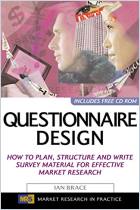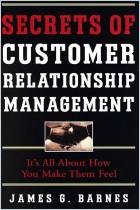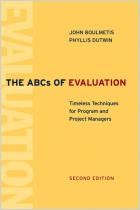
Measuring Customer Satisfaction and Loyalty
Survey Design, Use, and Statistical Analysis Methods
Read offline
Recommendation
Manufacturing companies use objective measurements to ensure the quality of their products, but if you run a primarily service-related business, how can you control quality? According to survey design consultant Bob E. Hayes, you should use the same type of rigorous statistical analysis a manufacturer would adopt but apply different methods to design and deliver your customer satisfaction questionnaires. Hayes shows you how in this manual, the third edition of his book. He provides a detailed examination of survey design and statistical analysis, with refreshers on everything you’ve forgotten from your college statistics class. Mathematical analysis and survey examples make up the first two-thirds of the volume, while supporting appendices fill the rest. This is not an easy read, but getAbstract recommends it as a useful reference to anyone conducting customer satisfaction surveys, particularly in service businesses.
Summary
About the Author
Bob E. Hayes, president and founder of Business Over Broadway, a survey-design consulting firm, has a PhD in industrial organizational psychology.












Comment on this summary